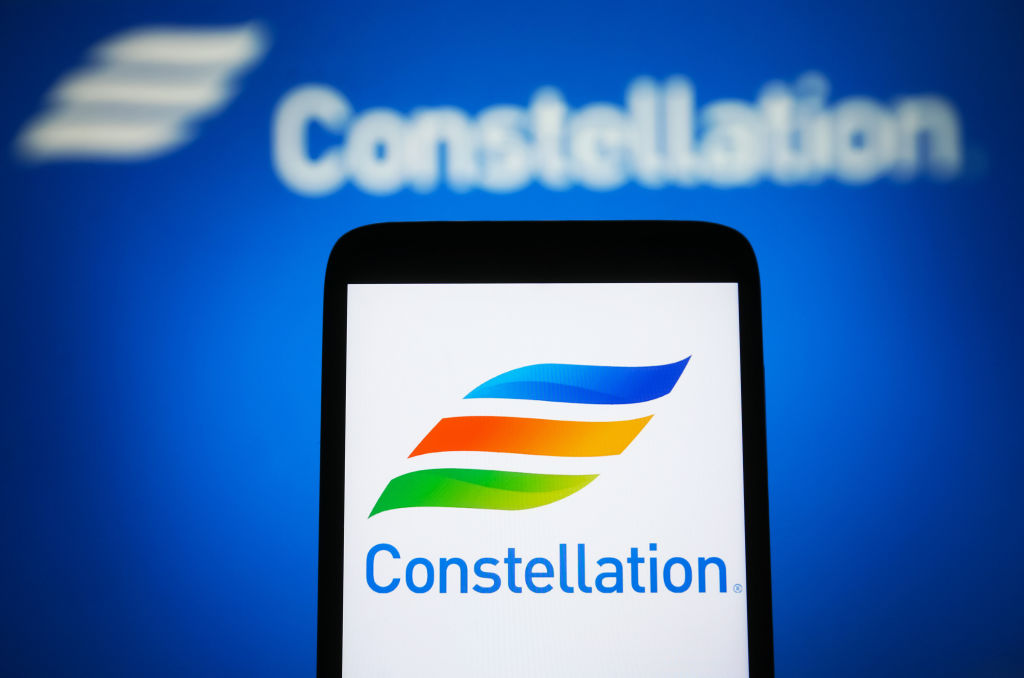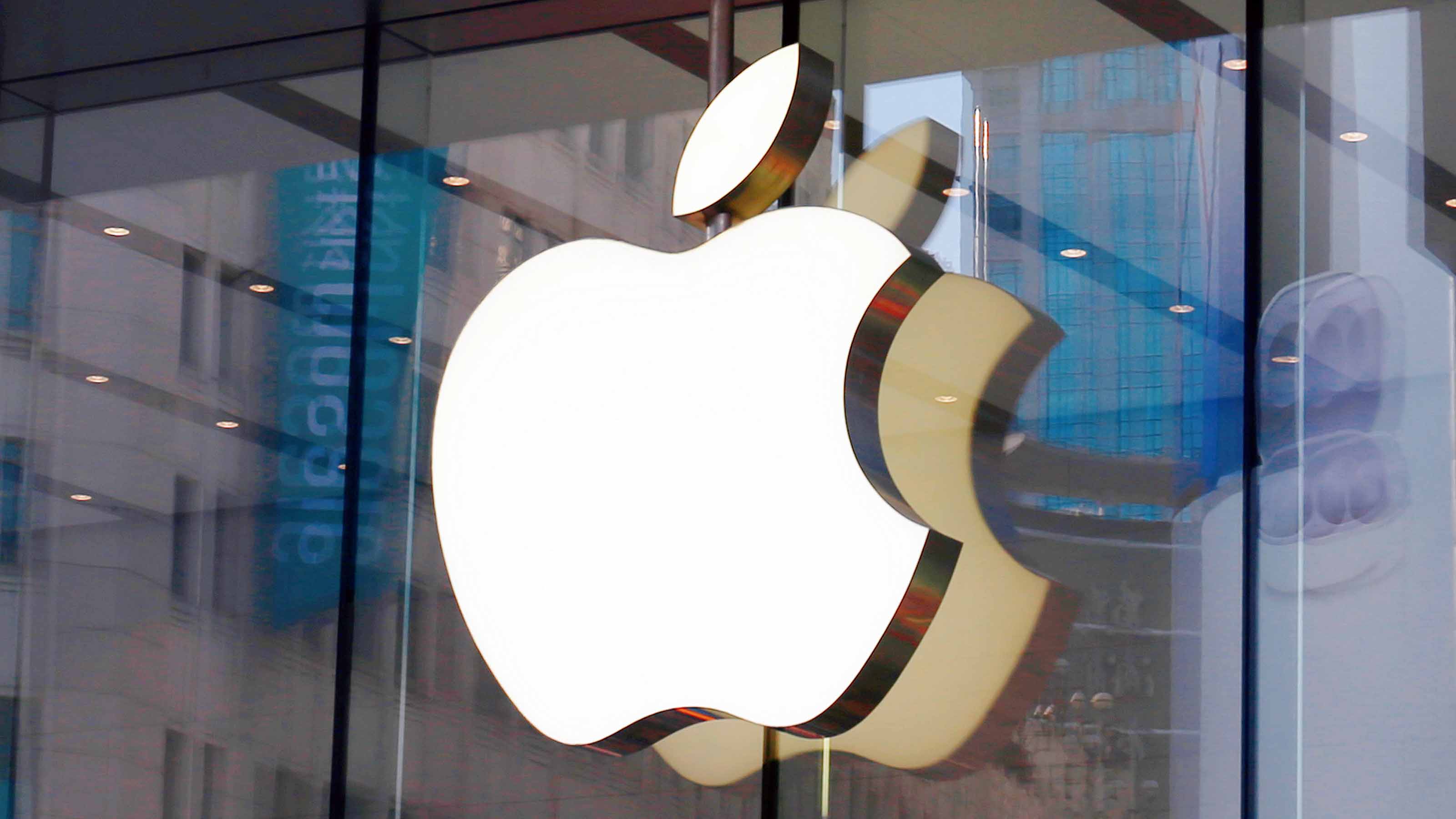Best of the Online Brokers, 2016
Fidelity edges out Merrill Edge and Schwab for first place in our rankings of top discount brokerages.

Investors can pocket a few hundred bucks just by opening an account with an online broker these days. But don’t let a signing bonus sway you. Low commissions to trade stocks or exchange-traded funds can save you more money in the long run. Whether you’re a stock jockey, a saver or a retiree, finding a firm that suits your needs is far more valuable than even a $600 bonus (Merrill Edge’s current inducement if you open an account with at least $200,000). So what makes for a first-rate broker? It depends on what you value. Low fees may be critical for active traders, but buy-and-hold types may want an array of no-transaction-fee mutual funds. Brokers with unbeatable prices may lack the retirement-planning tools or advisory services you need.
Research
On all sites, basic facts about stocks, bonds and funds abound. But only a few firms supplement the standard data with more information from major Wall Street investment banks. Schwab and TD Ameritrade provide comprehensive stock research from Credit Suisse to all brokerage clients. E*Trade customers can access Credit Suisse reports, too, but only if they maintain at least $100,000 in assets with the company. Fidelity doesn’t supply any comparable stock research, although it does offer reports from some small research firms, along with S&P Capital IQ. Scottrade and Vanguard provide minimal stock and fund research.
That leaves Merrill as the runaway winner in this category. Customers can see Bank of America Merrill Lynch stock reports on more than 1,400 companies, along with stock research from Morningstar and S&P Capital IQ. Merrill’s big economic reports and thematic pieces, such as

Sign up for Kiplinger’s Free E-Newsletters
Profit and prosper with the best of expert advice on investing, taxes, retirement, personal finance and more - straight to your e-mail.
Profit and prosper with the best of expert advice - straight to your e-mail.
a recent report on stock picks for an aging global population, are also available. And customers get access to Merrill’s lists of recommended stocks.
If you want bond research, though, you’ll have to look elsewhere. Ratings reports on individual companies aren’t accessible on Merrill’s site. By contrast, E*Trade, Schwab, Scottrade and TD Ameritrade furnish company reports from credit-ratings agency Moody’s. One hot new tidbit: social-media signals. E*Trade shows bloggers’ sentiments on individual stocks. On Fidelity and TD, customers can see how a stock is trending on sites such as Twitter.
Ease of use
Brokers aim to make their sites user-friendly. But some are so convoluted—packed with news, charts and data—that they can strain your eyes. For overall ease of use, Fidelity racks up the highest marks. A horizontal task bar at the bottom of the site’s accounts page lets you place a trade with a few clicks, streamlining the process compared with other sites. Paying bills, researching funds and analyzing a portfolio are all relatively simple on Fidelity’s site. Investors can also personalize the site in a number of ways, such as tracking their portfolio’s performance against a custom set of market benchmarks (something Schwab doesn’t allow).
Fidelity does trail the competition in some areas. Merrill Edge customers can use Morningstar’s X-Ray tool to compare their portfolio’s asset mix against more market benchmarks than Fidelity’s analytical tool allows. Merrill customers can also see how closely stocks, bonds and funds in their portfolio move in sync with one another, and they can track their portfolio’s hypothetical growth against a wide variety of market benchmarks—features that Fidelity doesn’t offer.
One useful tool on E*Trade is a roundup of Wall Street analysts’ opinions and price targets for individual stocks, showing how the analysts’ recommendations rank (a feature unavailable on other sites). E*Trade also shows more details about stocks, such as how many shares are being purchased or sold by company insiders. Vanguard’s site looks sparse in comparison, with fewer trading and research tools. For its part, Scottrade packs scads of charts and data on its site, but it doesn’t offer as many planning tools or screeners.
One other element that’s part of this score: customer service and branch availability. Schwab and Merrill both report hold times for phone service averaging 31 seconds or less, beating Scottrade (42), Fidelity (58) and Vanguard (60). Scottrade scores well with 495 offices, more than every firm except Merrill, which provides brokerage services through 2,000 Bank of America branches. (Vanguard doesn’t have any branches.)
[page break]
Mobile apps
The brokers in our survey all offer apps to allow customers to trade and conduct other business on a mobile device. All except Vanguard let you log in with a fingerprint. And the apps can be handy for banking: Investors can pay bills, transfer funds and scan checks for deposit (though Vanguard enables mobile check deposit only for clients who hold exclusively Vanguard funds or ETFs).
E*Trade’s smartphone app scores best in this category. Along with standard trading and account tools, it’s the only one with a screening feature for stocks, funds and ETFs. The app also shows E*Trade’s “all star” roster of funds. And investors can scan a product barcode to pull up stock information (a feature TD provides, too).
Of course, smartphone apps can’t handle everything. None shows a detailed analysis of your portfolio or lets you trade bonds. Stock and fund research remains sparse on phone apps, too, although E*Trade and Merrill make some stock reports available.
Investment advice
The larger your account, the more customized and personal investing advice you’ll get. But aside from Scottrade, which doesn’t offer advice, every broker will help you figure out an investment mix, set up a retirement plan and steer you to a professionally managed account (functions that Scottrade farms out to external advisers). Fees for managed accounts typically start at 1% of assets annually, though they may be negotiable. Without prompting, a phone rep from E*Trade offered to knock 0.1 percentage point off the firm’s standard 1.25% fee for managed accounts when we called to inquire about them.
Fidelity and Vanguard earn the top spots in this category, trailed closely by Schwab. Fidelity racks up points for its menu of managed accounts, including one that focuses on muni bonds and another on income-oriented ETFs. Minimum investments start at $200,000 for most types of accounts, and management fees range from 1.7% to less than 0.6% for diversified portfolios with higher balances. Fidelity is also rolling out an automated (or “robo”) managed-account service that invests in ETFs; it requires a minimum investment of $5,000 and charges annual fees of 0.35% to 0.39%, including underlying fund fees. E*Trade and Schwab offer robo services, too. But E*Trade’s isn’t priced as competitively, and Schwab requires clients to hold sizable cash balances, which can drag down long-term returns.
At Schwab, customers need just $25,000 to get into a managed portfolio of mutual funds or ETFs—one of the lowest bars in the business. Schwab also offers robo ETF accounts, free of charge, with only a $5,000 minimum. Merrill and TD lack robo services and steer clients into managed accounts that charge at least 1% annually, depending on portfolio size (plus the fees of underlying funds in fund-based accounts).
For its part, Vanguard doesn’t provide a robo service or managed accounts holding individual stocks or bonds. But customers with at least $50,000 in assets can tap into the firm’s Personal Advisor Services, which let you slide into a managed account that charges just 0.3% in annual fees. The accounts hold only Vanguard funds that mainly track market indexes. But that’s not a bad thing; clients can get Admiral share class funds, with expense ratios of less than 0.07% for U.S. stock and bond funds. With most active managers failing to beat their benchmarks, sticking with broad-market index funds can be a good way to pocket more money in the long run.
Get Kiplinger Today newsletter — free
Profit and prosper with the best of Kiplinger's advice on investing, taxes, retirement, personal finance and much more. Delivered daily. Enter your email in the box and click Sign Me Up.

-
 Stock Market Today: No 'Powell Put'? No Problem
Stock Market Today: No 'Powell Put'? No ProblemInvestors, traders and speculators look beyond both another Trump post and more signs of slowing economic activity.
By David Dittman
-
 How Many IRS Commissioners Have We Gone Through This Year?
How Many IRS Commissioners Have We Gone Through This Year?IRS Who were the former commissioners, and why did they resign? Find out how IRS turnover can impact your taxes.
By Kate Schubel
-
 Why Wells Fargo's Revenue Miss Isn't Worrying Wall Street
Why Wells Fargo's Revenue Miss Isn't Worrying Wall StreetWells Fargo is one of the best S&P 500 stocks Wednesday even after the big bank's top-line miss. Here's what you need to know.
By Joey Solitro
-
 Constellation Energy Stock Soars on Its $26 Billion Buy. Here's Why Wall Street Likes the Deal
Constellation Energy Stock Soars on Its $26 Billion Buy. Here's Why Wall Street Likes the DealConstellation Energy is one of the best S&P 500 stocks Friday after the utility said it will buy Calpine in a cash-and-stock deal valued at $26 billion.
By Joey Solitro
-
 What Scott Bessent's Treasury Secretary Nomination Means for Investors
What Scott Bessent's Treasury Secretary Nomination Means for InvestorsMarkets are reacting positively to Trump's nomination of Scott Bessent for Treasury secretary. Here's why.
By Joey Solitro
-
 TJX Stock: Wall Street Stays Bullish After Earnings
TJX Stock: Wall Street Stays Bullish After EarningsTJX stock is trading lower Wednesday despite the TJ Maxx owner's beat-and-raise quarter, but analysts aren't worried. Here's why.
By Joey Solitro
-
 Cisco Stock: Why Wall Street Is Bullish After Earnings
Cisco Stock: Why Wall Street Is Bullish After EarningsCisco stock is lower Thursday despite the tech giant's beat-and-raise quarter, but analysts aren't concerned. Here's what you need to know.
By Joey Solitro
-
 457 Plan Contribution Limits for 2025
457 Plan Contribution Limits for 2025Retirement plans There are higher 457 plan contribution limits for state and local government workers in 2025. That's good news for state and local government employees.
By Kathryn Pomroy
-
 Apple Stock Slips After Earnings. Wall Street Isn't Worried
Apple Stock Slips After Earnings. Wall Street Isn't WorriedApple stock is trading lower Friday despite the iPhone maker beating expectations for its fiscal fourth quarter, but analysts are still bullish.
By Joey Solitro
-
 Tesla's Robotaxi Event: What Wall Street Expects
Tesla's Robotaxi Event: What Wall Street ExpectsTesla’s robotaxi event kicks off next week. Here’s what Wall Street expects to see and how analysts feel about the stock heading into the event.
By Joey Solitro